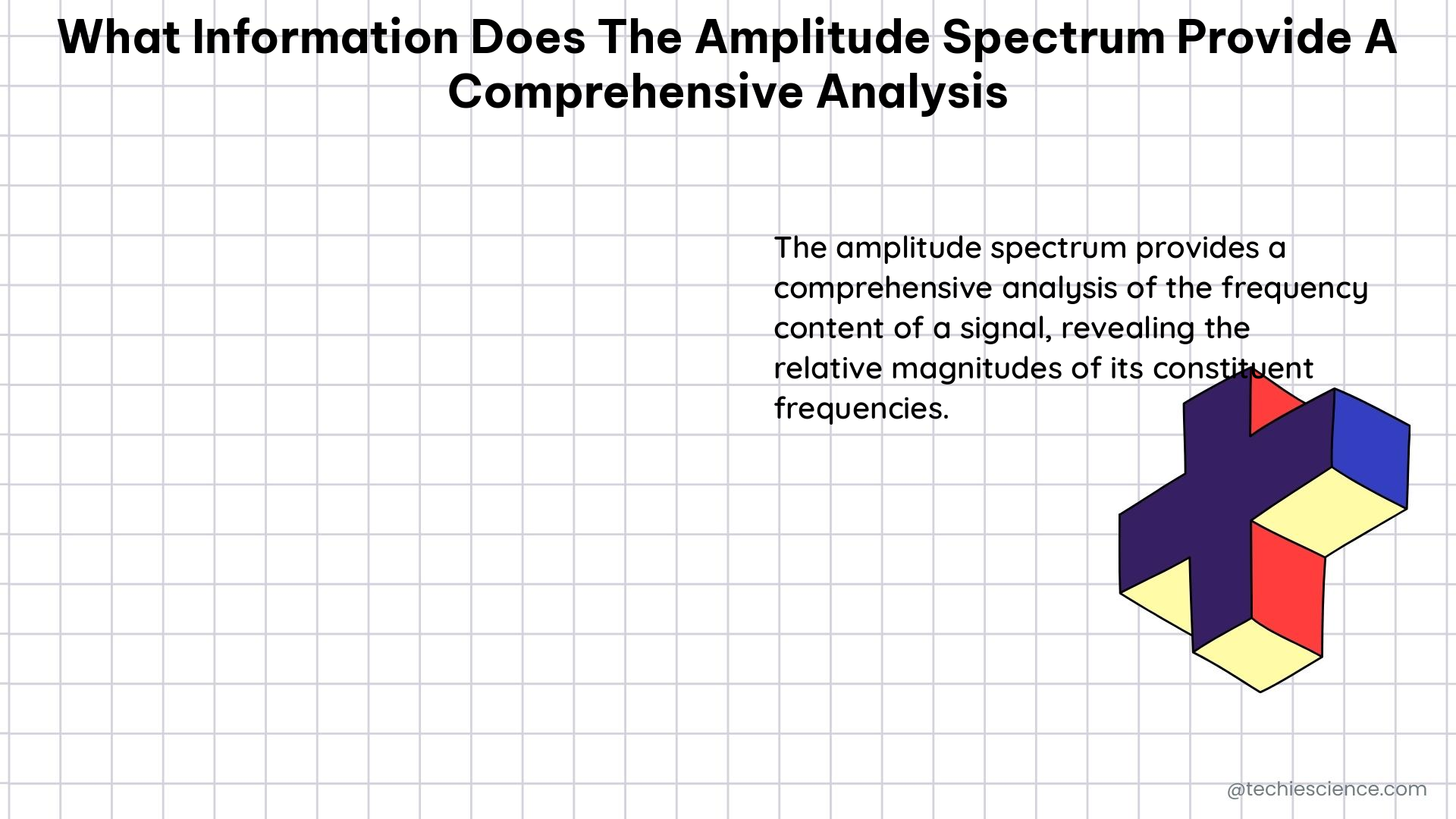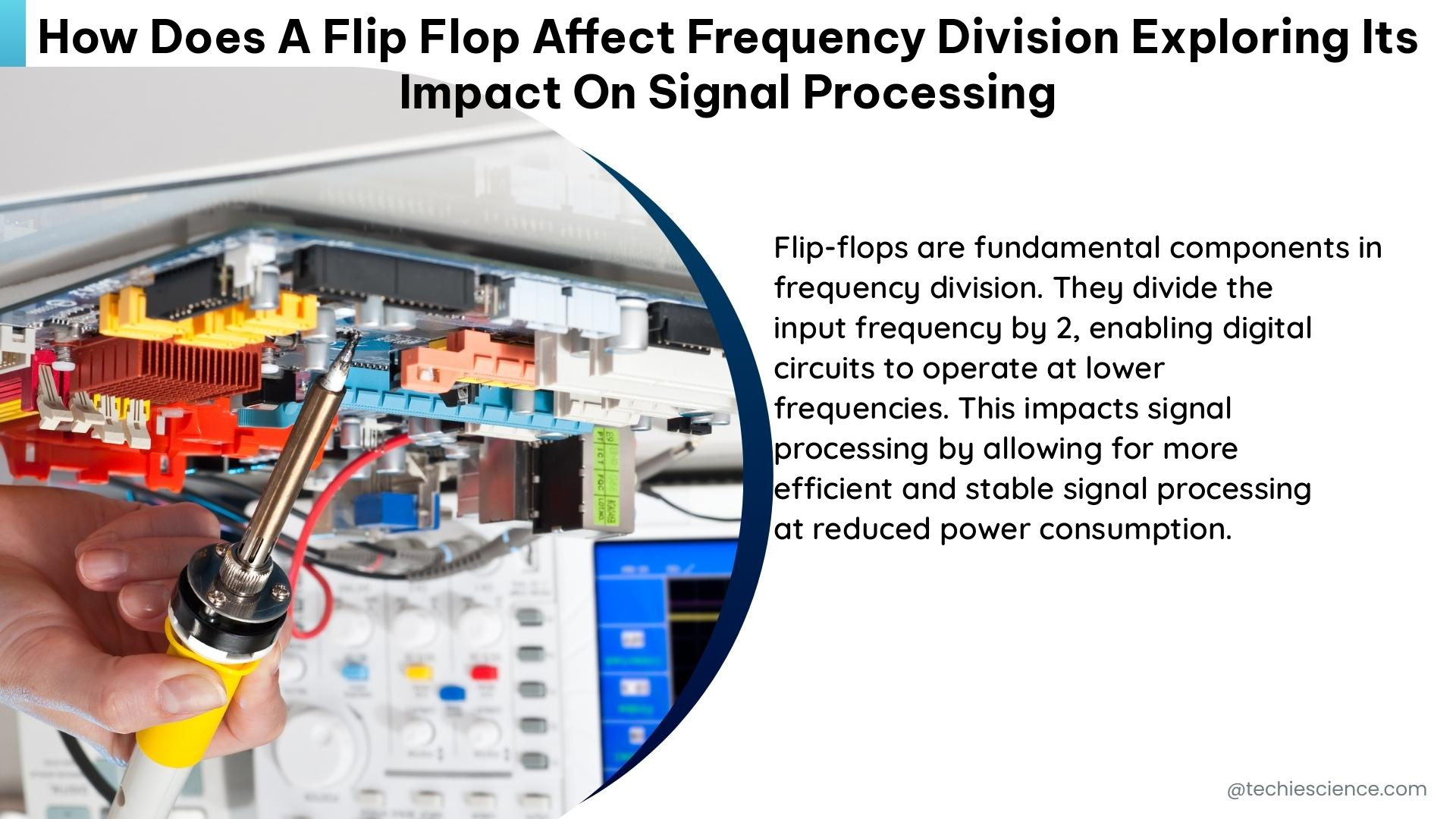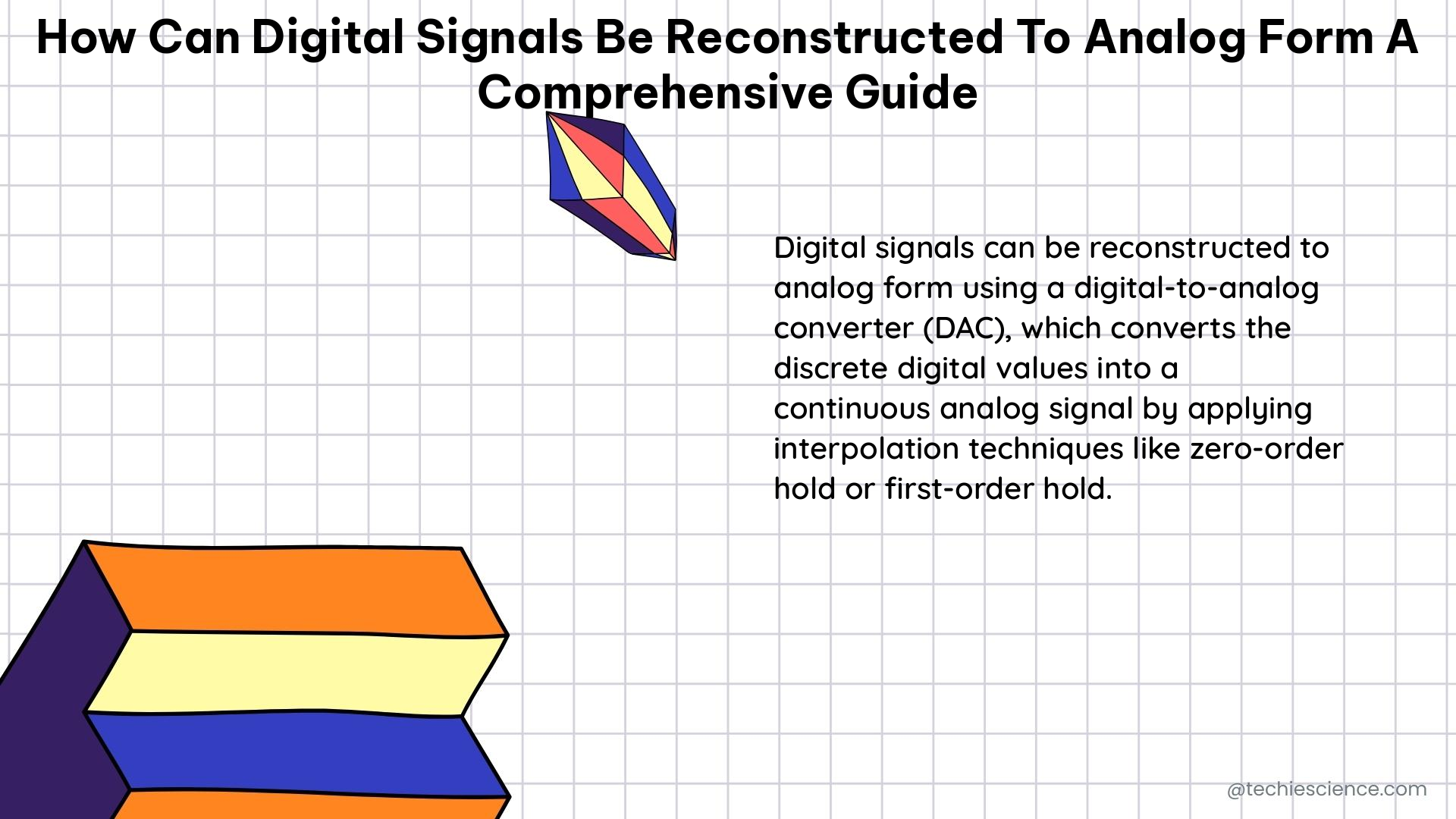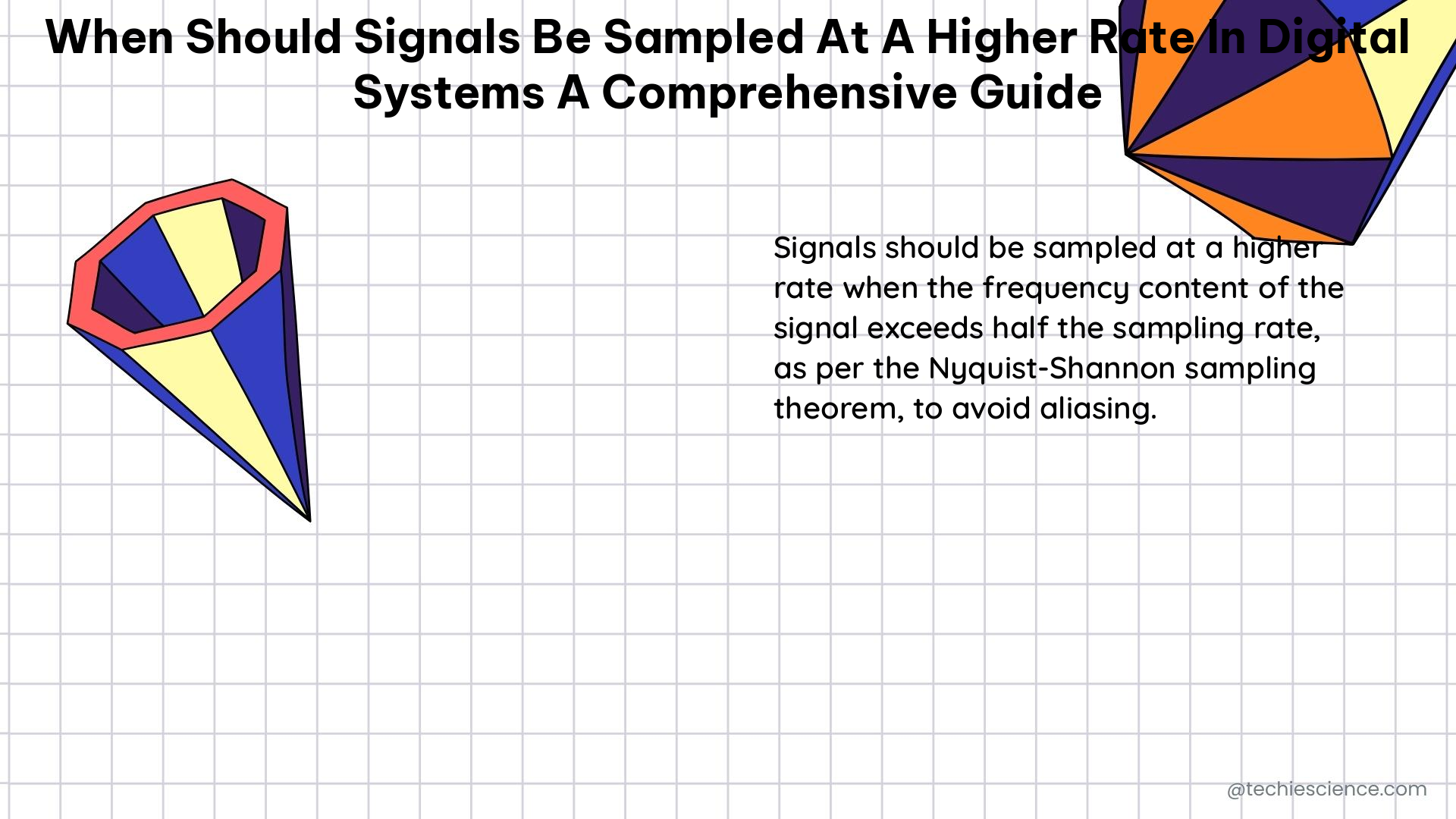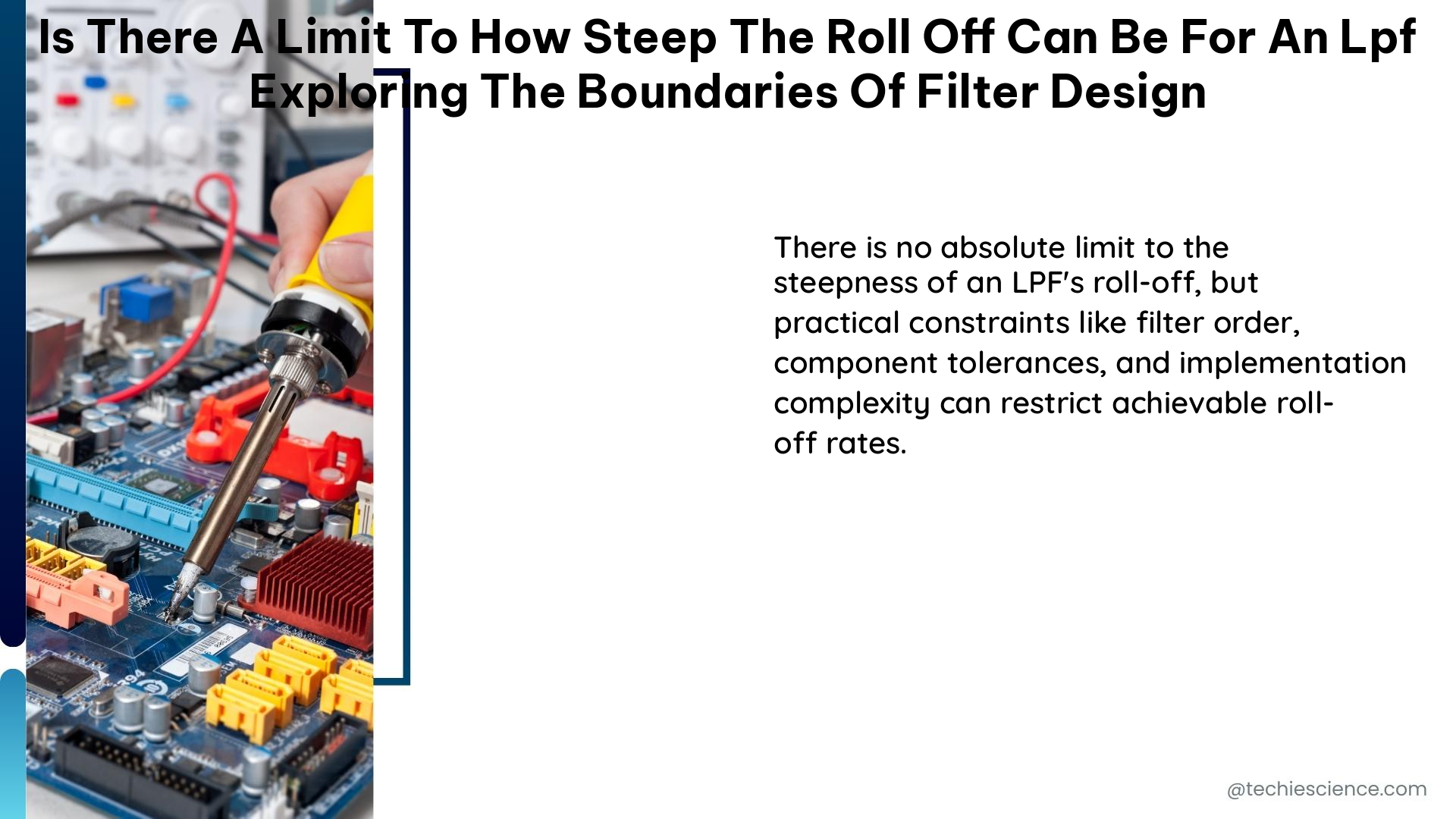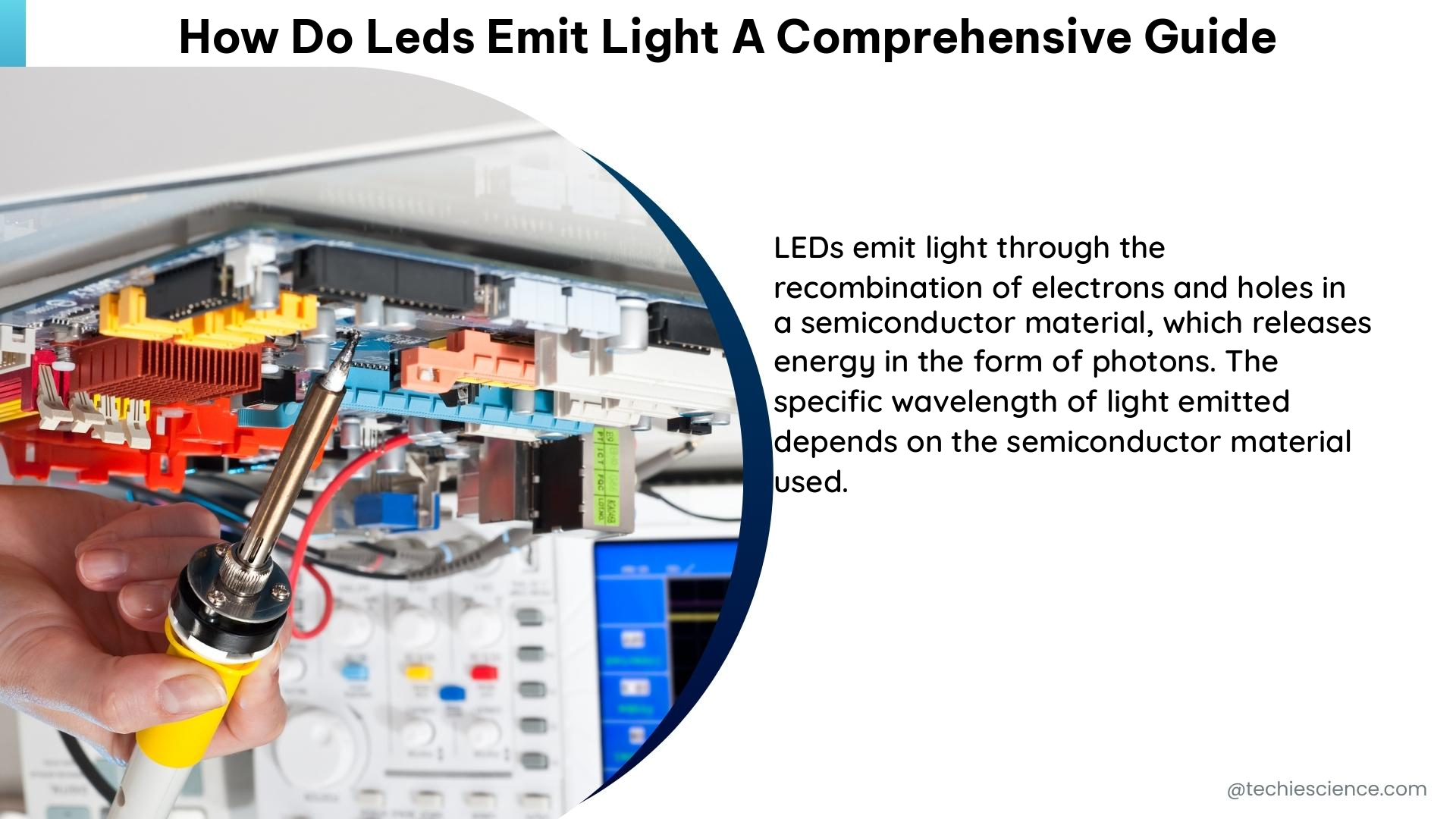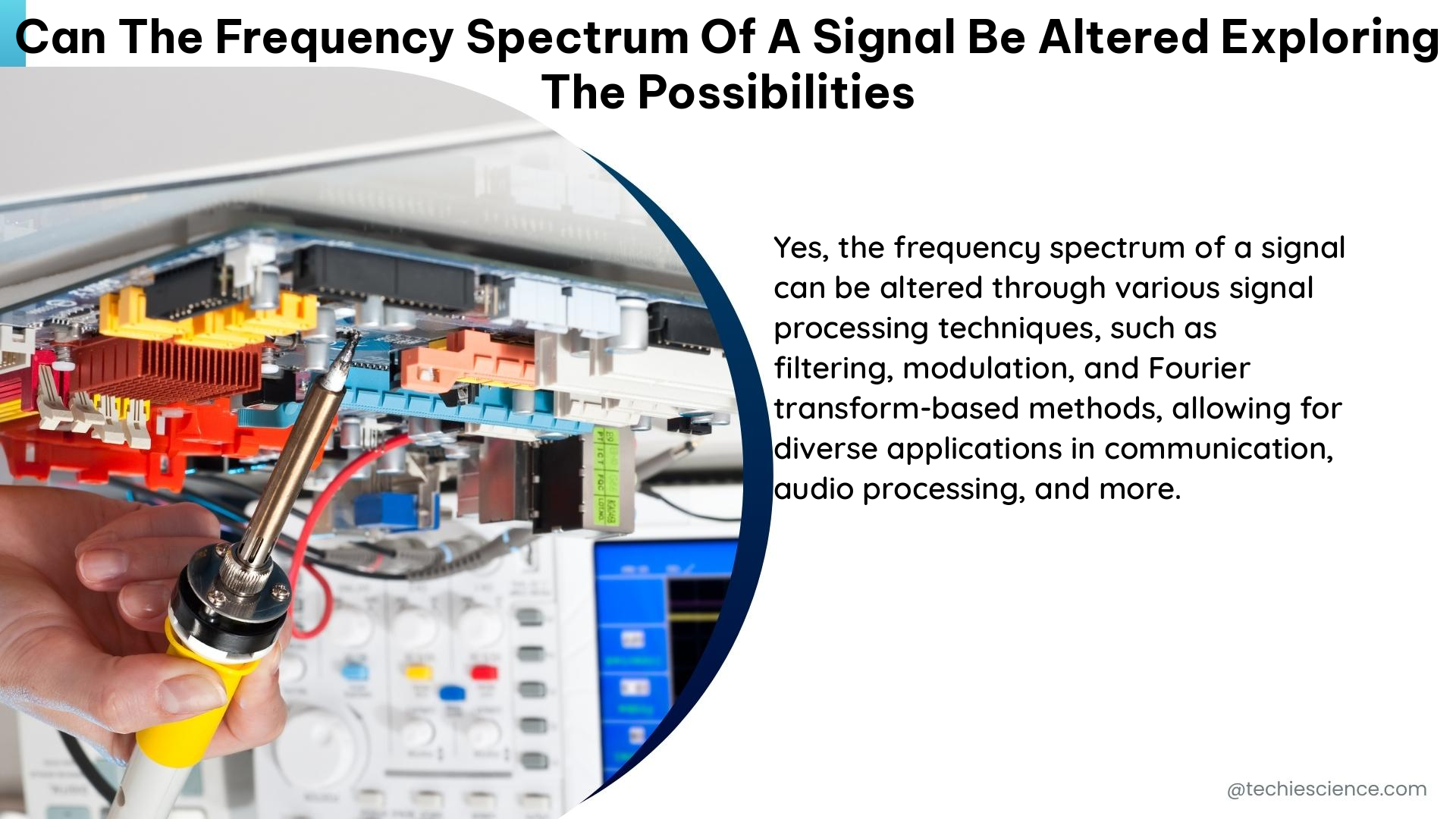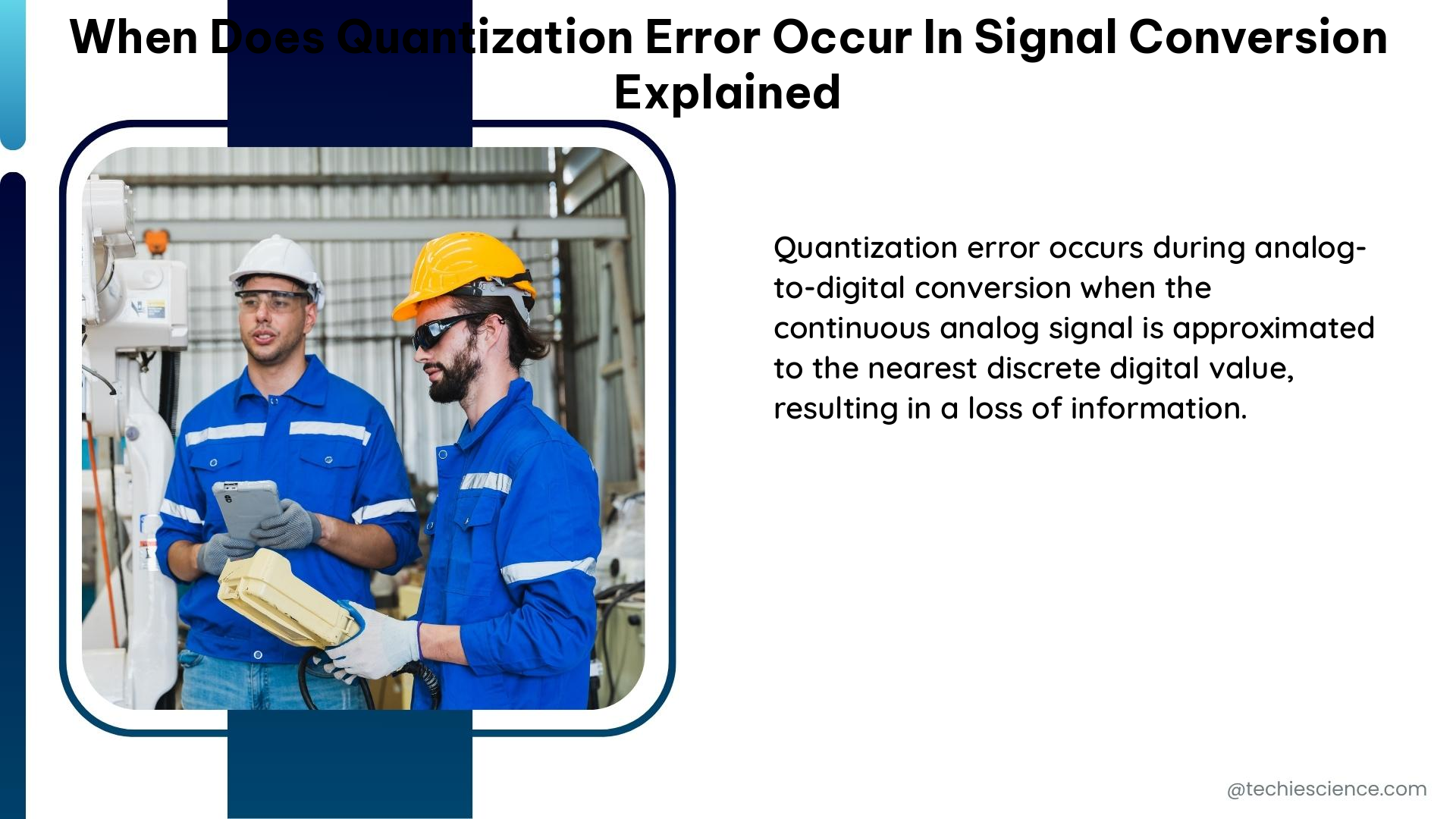Can HPFs Introduce Artifacts into a Signal? Exploring the Impact of High Pass Filters
High Pass Filters (HPFs) are widely used in various electronic and signal processing applications to remove unwanted low-frequency components from a signal. However, the design and implementation of HPFs can introduce artifacts into the signal, leading to distortion and loss of information. In this comprehensive guide, we will explore the impact of HPFs on signal … Read more

